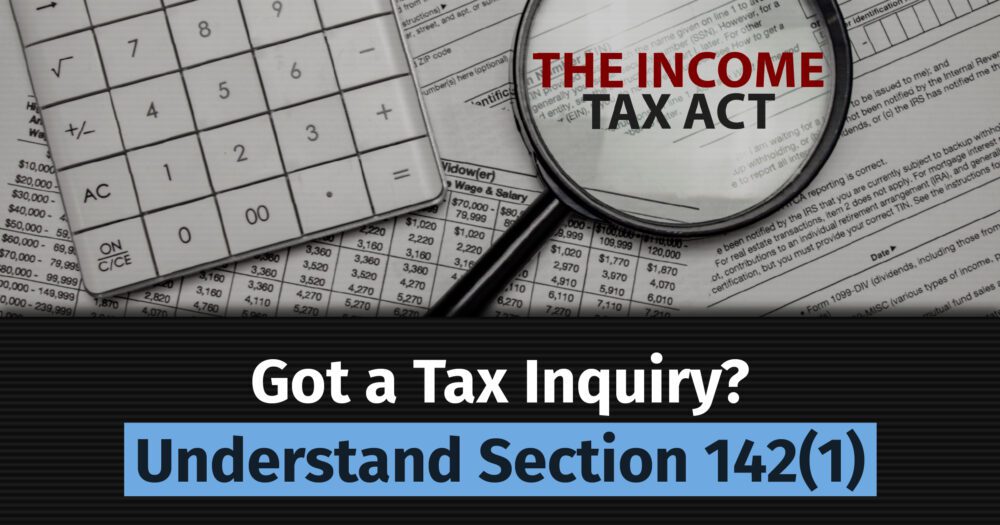The realm of taxation is ever evolving, and one area that has seen considerable attention in India is the Tax Collected at Source (TCS) on foreign remittance. The recent changes in the Tax Collected at Source (TCS) rates for foreign remittance under the Liberalised Remittance Scheme (LRS) have thrown a curveball at individuals and businesses alike. With the latest amendments effective from October 1, 2023, understanding the nuances of TCS applicability on foreign remittances has never been more critical. This article aims to provide a comprehensive overview of the subject matter, covering essential aspects such as what TCS and foreign remittances are, TCS limits, the foreign amount limit for TCS, and the impact of the rate changes on future foreign remittances.
What is TCS and Foreign Remittance?
Tax Collected at Source (TCS)
TCS is a form of taxation where the tax is collected at the source of income by the payer on behalf of the government. Governed by the Income Tax Act, 1961, TCS applies to a broad spectrum of transactions ranging from the sale of goods to foreign remittances.
Foreign Remittance
Foreign remittance refers to the transfer of funds between entities or individuals across countries for a multitude of purposes—be it for business, education, or personal needs. While foreign remittance can help boost economic activity, the Indian government regulates it to maintain a stable economy and generate revenue.
Revised TCS Structure on Foreign Remittance: What Changed in Budget 2023
Prior to Budget 2023, a Tax Collected at Source (TCS) rate of 5% was applied to foreign equity investments under the Liberalised Remittance Scheme (LRS) for amounts surpassing ₹7 Lakh. However, significant amendments to this framework have been proposed by India’s Finance Minister, Nirmala Sitharaman.
Beginning October 1, 2023, enhanced TCS rates will come into effect. For foreign equity investments under LRS and for the procurement of overseas tour packages, the new TCS rate will escalate to 20%, still with the base threshold of ₹7 Lakh, up from the previous 5%.
Comparative Analysis of TCS Rates: Then and Now
Educational Purposes (With Education Loan)
Previous Rate: 0.5% on the sum over ₹7 Lakh
New Rate Effective October 1, 2023: No TCS up to ₹7 Lakh; 0.5% on amounts exceeding ₹7 Lakh
Educational Purposes (Without Education Loan)
Previous Rate: 5% on amounts above ₹7 Lakh
New Rate Effective October 1, 2023: No TCS up to ₹7 Lakh; 5% on sums exceeding ₹7 Lakh
Overseas Tour Packages
Previous Rate: 5% with no lower limit
New Rate Effective October 1, 2023: 5% up to ₹7 Lakh; 20% on amounts above ₹7 Lakh
All Other Scenarios
Previous Rate: 5% on sums over ₹7 Lakh
New Rate Effective October 1, 2023: No TCS up to ₹7 Lakh; 20% on amounts exceeding ₹7 Lakh
The new structure seeks to change the financial landscape of foreign remittances, and it is imperative for individuals and businesses alike to understand these modifications for compliance and financial planning.
Impact of Revised TCS Rates on Future Foreign Remittance: A Closer Look
The sweeping changes in the Tax Collected at Source (TCS) rates, as announced in Budget 2023, will undoubtedly have significant ramifications on the landscape of future foreign remittances. While these alterations may appear to be mere percentage adjustments, the consequences are multifaceted.
Effects on Financial Planning
For Individuals
Educational Loans: Those availing of educational loans will find little change in their financial planning as the TCS rate remains relatively low at 0.5% for amounts exceeding ₹7 Lakh.
Overseas Tourism: Individuals planning overseas trips would need to allocate a substantially higher budget to account for the leap in TCS rates from 5% to 20% for amounts exceeding ₹7 Lakh.
Equity Investments: Individuals considering foreign equity investments under the LRS will also experience a higher financial burden given the sharp increase in TCS rates to 20%.
For Businesses
Cash Flow Management: Businesses making regular foreign remittances will have to adapt their cash flow strategies to accommodate higher TCS rates. This will particularly impact those involved in foreign equity investments and other categories where the TCS rate has jumped to 20%.
Increased Compliance Complexity
Documentation: With varying TCS rates for different types of remittances, businesses and individuals will need to maintain even more meticulous records to prove the purpose of their remittance and thus the applicable TCS rate.
Tax Credit Reconciliation: With higher TCS rates, the amount available for tax credit will increase. This requires a robust accounting mechanism for tracking and reconciling TCS amounts.
Macroeconomic Considerations
Forex Reserves: The higher TCS rates could have a dual impact—while they might deter excessive foreign remittances and thus help maintain a more robust forex reserve, they could also make foreign investments less attractive, potentially reducing the inflow of foreign capital.
Government Revenue: The elevated TCS rates will contribute to increased tax revenue for the government, which could potentially be utilized for infrastructure or social welfare projects.
How to Get Tax Benefits from Foreign Remittance under LRS

1. Educational Loans
If you have taken an educational loan, the TCS applicable is only 0.5% for remittances exceeding ₹7 Lakh. This lower TCS rate can result in significant tax savings over time.
Action Plan
Choose a recognized financial institution for your education loan.
Keep all transaction records and loan statements for TCS reconciliation.
2. Purpose-Specific Remittances
For remittances related to certain purposes like investment in specific bonds or securities, consult with a tax advisor to explore any exemptions or lower TCS rates.
Action Plan
Document the purpose of each remittance clearly.
Consult tax professionals to identify potential tax-saving opportunities.
Set Off Against Income Tax Liability
TCS is not an additional tax but a form of advance tax. You can adjust this against your total income tax liability for the fiscal year.
Action Plan
Maintain an account of all the TCS amounts.
Use these amounts to offset your tax liabilities at the end of the financial year.
How to Adjust TCS in IT Filings
1. TCS as Advance Tax
Understand that TCS serves as advance tax. The amounts are credited to your PAN and can be claimed as tax credits when filing your income tax returns.
2. Form 26AS
All TCS transactions are reflected in Form 26AS, which is a consolidated tax statement. Regularly check this form to ensure that your TCS credits are accurately updated.
3. Income Tax Return Forms
When filing your IT returns, include the TCS amount in the ‘Taxes Paid’ section. You’ll find specific fields for entering the TCS details in forms like ITR-2, ITR-3, and so forth, depending on your income sources.
4. Claiming Refund
If your TCS payments exceed your total tax liability, you are eligible for a refund. Ensure to claim this when filing your income tax returns.
5. Documentation
Maintain all remittance documents, bank statements, and any form of communication that proves the nature and purpose of your foreign remittance. These will be crucial if you face any scrutiny from the tax department.
Conclusion
The TCS applicability on foreign remittances serves as both a regulatory mechanism and a revenue-generating model for the government. The amendment in the TCS rates is not just a policy change; it is a shift in the dynamics of foreign remittance that involves a complex set of interrelations between individuals, businesses, and the national economy. Navigating the intricacies of TCS on foreign remittances under the LRS can be challenging but understanding how to avail of tax benefits and accurately adjust TCS in your IT filings can provide financial relief.
The landscape of foreign remittance in India is set to undergo a substantial transformation with these changes, and the time is ripe for stakeholders to review and revamp their strategies. Consulting a tax expert to navigate the complexities of the revised TCS rates is strongly advised for achieving optimal financial outcomes and ensuring compliance.
Remember, ignorance is not bliss when it comes to tax compliance. Being informed is your best defense in the ever-complicated world of taxation









